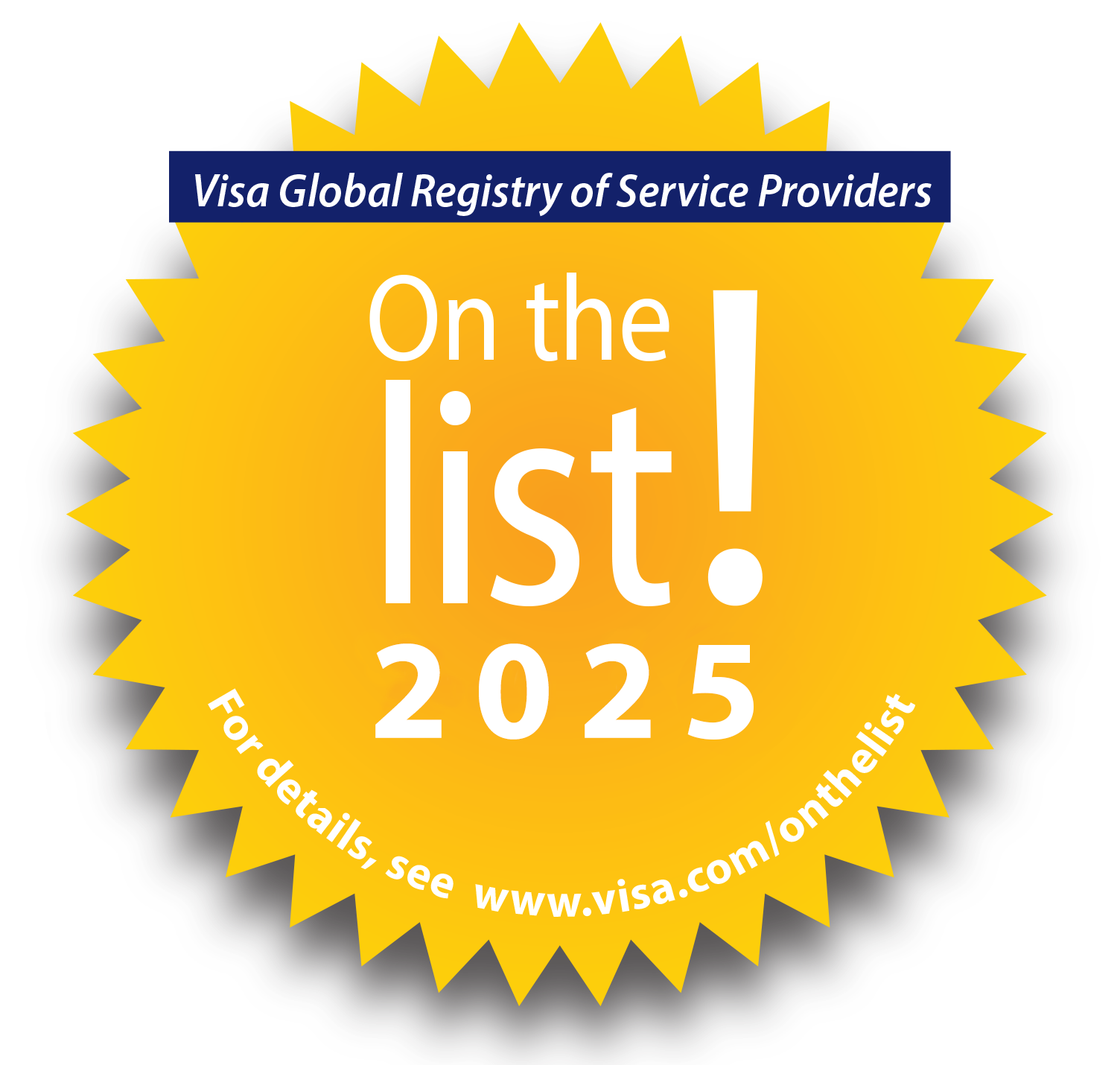In 2022, many large enterprises are pursuing an adapt, grow, and scale strategy with an increased focus on digitalization and operational automation. The move away from legacy tools will be largely dependent on cloud-based services and software distributed networks.
According to Gartner, “by 2025, cloud-native platforms will serve as the foundation for more than 95% of new digital initiatives – up from less than 40% in 2021.”
The enterprise technology infrastructure change required to support significant expansion and rapid growth will rely heavily on “X”-as-a-Service business modeling. Some examples are Infrastructure as a Service (IaaS), Software as a Service (SaaS), Platform as a Service (PaaS), and Unified Communications as a Service (UCaaS).
The maintenance and support of various service programs and software and how they interact with legacy programs and the enterprise, in general, requires specific monitoring.
Managed Payments for Full Cycle Management
A managed service provider (MSP) offers continuous remote IT support, security management, and end-user systems management for an enterprise. The MSP ensures to equip its client with the services and technology needed, whether it’s their native services or other providers’.
This is an ideal role for a Technology Expense Management company serving mid-market and large companies. It is their primary focus to capture and present the detailed visibility of the enterprise’s current state and the associated recurring costs with ongoing monitoring through the technology and networking conversion. Additionally, their software tools and platform present a ‘single pane’ view of disparate services delivered across what is usually a multi-provider environment.
As the enterprise customer works through the transformation, the managed service provider confirms all required service disconnections and removes associated legacy system charges from ongoing vendor billing while shifting their attention to cost optimization within the newly deployed environment.
An important service supplied by many telecom MSPs is Bill Pay or Managed Pay solutions. It delivers a complete view instantaneously within the IT department, with no need to query the finance department. It enables workflow efficiency supporting the overall C-Suite initiatives to adapt, grow, and scale.
In a costly and complex multi-vendor setting, a trusted MSP advisory role is often sought for neutrality extending from a customer-supplier relationship to a highly engaged third-party partnership. This type of managed service provider allows internal corporate resources to remain dedicated to the design and delivery of the transformed operational state.
The Problem with Paper Check Payments
A Hackett Group, Inc. report published in the Wall Street Journal in 2021 indicates that companies typically took around 58 days to make their supplier payments. The lengthy manual processes of check payments are a part of that problem.
Additionally, The Strategic Role of the CFO by PYMNTS surveyed 400 CFOs and found several industries heavily rely on making paper check payments. Commercial real estate makes 34% of B2B payments with checks. Finance and insurance follow with 28%, industrial manufacturing with 26%, and technology (the industry of automation and digitization) makes 20% of payments by check.
The average cost of printing a single check is $6. That does not include the time and labor involved in invoice management and approval processes. There is also the cost associated with errors, lost checks, late receipt of checks, and fraud. Considering the delays in mail delivery times, paper checks have become even more difficult for managed service providers to sustain.
On the suppliers’ end, overdue payments are especially detrimental. They disrupt workflow, have a negative effect on cash availability, and put a strain on business relationships. Some of the consequences for past due payments include:
- Late fees
- Reduced negotiating power
- Service disruption
- An unfavorable business reputation
Automation and Electronic Payments Saves Time
At Corporate Spending Innovations (CSI), the movement away from paper checks, where possible, is a key focus.
Automating the payment process in place of paper checks will minimize the risk of human error and fraud, improve efficiency, and reduce time spent researching processed payments.
Financial technology that integrates with your Technology Expense Management platform provides control and full visibility over your payment program, easier reporting and analysis, and detailed transaction data.
Virtual Cards Have No Delays
While the use of checks in some industries is the way payments have always been made, it doesn’t mean it’s the best way. And it’s certainly not the only way. Virtual cards are a much better alternative.
Electronic credit cards, or virtual cards, are one of the safest ways to make payments. Virtual cards reduce costs, provide increased accuracy, and cut down on time. They are highly secure, eliminating problems such as check fraud or theft. And because they are not physical cards, you would not have to worry about payments getting lost or delayed in the mail.
Convincing your suppliers to adopt virtual cards may not be as difficult as you’d imagine. Many suppliers and vendors already allow virtual cardA single-use or vendor-specific digital payment card used in B2B payments to improve control, visibility, and rebate potential. W payments even while accepting paper checks. Electronic payments would mean they receive payment faster, which they would appreciate while check payments continue to be delayed.
Where Virtual Cards are not Accepted
For carriers, vendors, and suppliers who do not accept virtual cards, Automated Clearing House (ACH), electronic bank-to-bank money transfers, are the growing alternative to check payments. ACH formats that can include, for example, transaction ID, account numbers, customer ID, etc. for ease of payment reconciliationThe process of matching financial records—such as payments and invoices—to ensure accuracy in accounting and reporting.. This use of ACH often requires completing a payment acceptance form with the carrier/vendor.
What’s Next?
CSI’s B2B Payments Network and the forthcoming Real Time Payments (RTP) use separate digital payment rails. The RTP Network will clear and settle funds in real-time, 24/7 365 days a year with end-to-end communication connecting the payment in a single instantaneous transaction. The adoption is targeted for mid 2023.
In the United States, the most prominent example, and the one likely to expedite B2B adoption, is the U.S. Federal Reserve’s FedNow which is projected for rollout in 2023. And following that, there may be a Fed-backed launch of a digital U.S. Dollar/eDollar. It seems likely as other nations are exploring similar initiatives.
________________________________________________________________________________________________________
Edenred PayEdenred Pay is the market leader in B2B payments automation., an Edenred Company, is the global leader in B2B payments automation. Our integrated platform connects buyers with trading partners, ERPs, banks, FinTechs, and payment rails to optimize supplier enablementThe process of onboarding suppliers to electronic invoicing and payment systems to streamline transactions., invoice approvals, and B2B payments and create a frictionless process for B2B transactions. Learn more at www.edenredpay.com or schedule a meeting with us.

Ready to elevate your B2B payments?
Whether you are automating for the first time, ready to refresh your existing technology, or looking for ways to complete the ‘last mile’ of automation, Edenred Pay can help. Let’s chat about your needs.







